Full view of product assembly
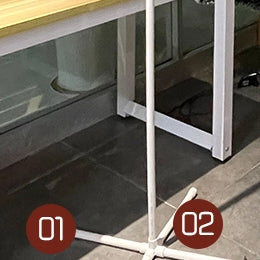

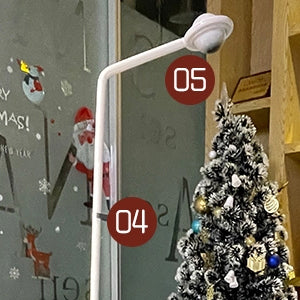
All entities assembled
-
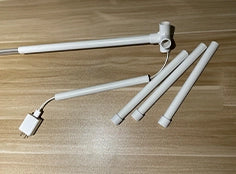
Physical part of the bracket
Let the wires pass through the connections
-
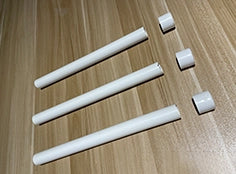
Bottom part of the bracket
The other three can be assembled with the caps first.
-
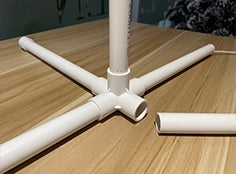
Special parts on the bottom
The other pipe is connected to the base after passing through the wires.
-
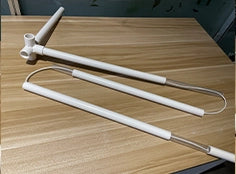
Three-section joint tube
Connect the jointed tubes through the wires in turn.
-
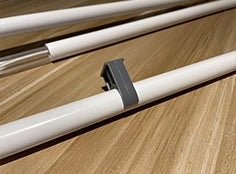
External suspension bracket
Assemble the connecting parts so that it is connected to the outside.
-
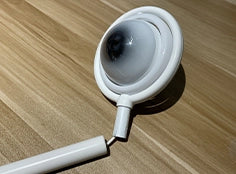
Connected baby monitor
Interlinked with the stent through the monitor joint.
Remote patient monitoring (RPM) is a subcategory of homecare telehealth that allows patients to use mobile medical devices and technology to gather patient-generated health data (PGHD) and send it to healthcare professionals. Common physiological data that can be collected with RPM programs include vital signs, weight, blood pressure and heart rate. Once collected, patient data is sent to a physician’s office by using a special telehealth computer system or software application that can be installed on a computer, smartphone or tablet. While the adoption of remote patient monitoring technology was growing before COVID-19, the global pandemic has increased awareness of the need for remote monitoring.
The NcVPC Ai sense system with original intellectual property replaces traditional wearable sensors to realize the perception and calculation of vital signs and compatible to ow-cost IPcam.
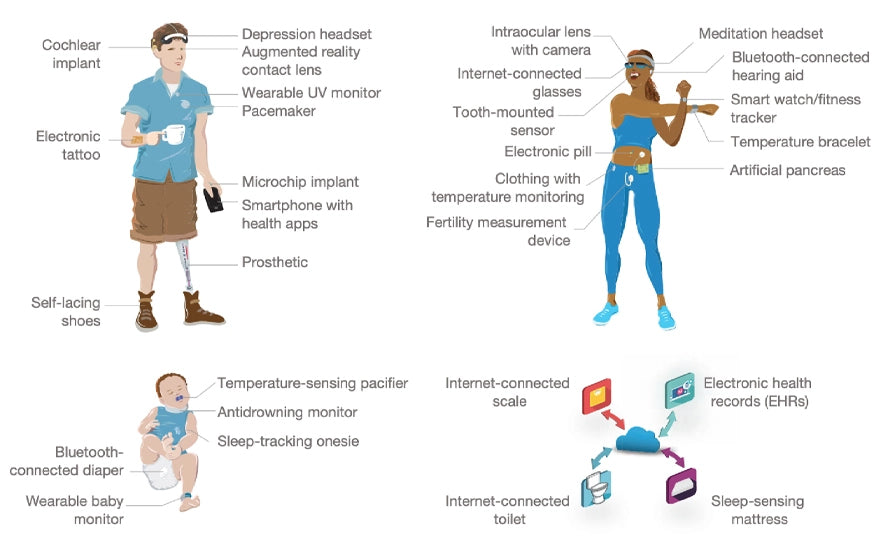
Non-contact image heart rate technology
Non-contact image heart rate technology works by actively detecting facial blood flow -- in visible or infrared light, the facial skin absorbs real-time pulses of the ambient spectrum. Compared with optical sensors in wearable devices, it has lower requirements for actual monitoring environment, no strict requirements for users' sleep and daily life, and no need for users to actively cooperate with detection and complex battery charging management strategies. Therefore, non-contact image heart rate technology can be used for 24-hour dynamic pulse detection and recording.
Non-contact image respiratory detection technology
Non-contact image respiratory detection technology is to actively detect facial blood flow -- count respiratory rate and apnea by the low frequency signal and body motion signal absorbed by the environmental spectrum of the face skin under visible light or infrared lighting conditions. Compared with the traditional ventilator monitoring equipment, the user does not need to wear a breathing mask, which does not affect the sleep quality and use experience. It is suitable for respiratory rate monitoring and detection of abnormal apnea in sleep state.






